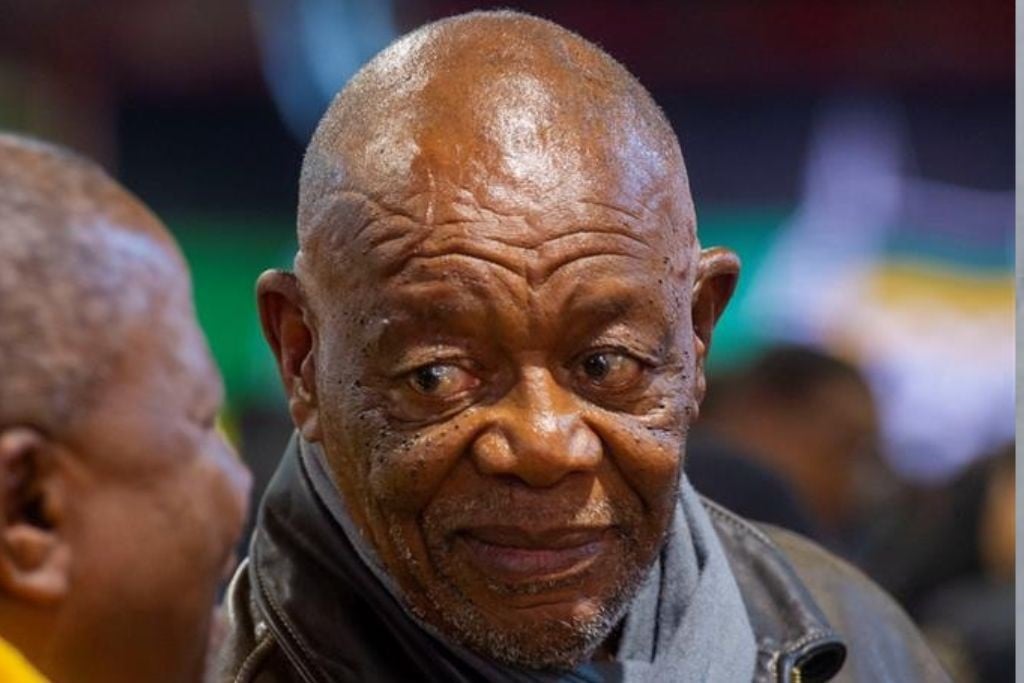You have a preview view of this article while we are checking your access. When we have confirmed access, the full article content will load.
Let’s say you learned to tell time on a simple, round analog clock, with 12 big numbers and two hands. The Olympic Games present a mind-bending puzzle: What if, between each of those big numbers, there were scores of smaller numbers? And what if, between the smaller numbers, there were hundreds more numbers?
That’s what clocks look like — what time looks like — to a lot of Olympic athletes, whose success or failure is defined by cruelly tiny increments. The American sprinter Noah Lyles won the men’s 100-meter dash by 0.005 of a second. If he had been slower by a blink of an eye, generally accepted to last one-tenth of a second, he would have finished seventh.
Speed, of course, is part of competing. We talk about the best times, the time to beat. But minutes contain an infinite number of fractions a human brain can struggle to comprehend.
Kenny Bednarek of the United States won a silver medal after running the 200 in 19.62 seconds; Letsile Tebogo of Botswana won gold by finishing 0.16 of a second faster.
Those hundredths of a second are truly microscopic, but they created a huge difference in the experience of the two men: Tebogo won his country’s first Olympic gold medal ever. Bednarek mulled what he could have done better.
Image




 1 month ago
64
1 month ago
64

















